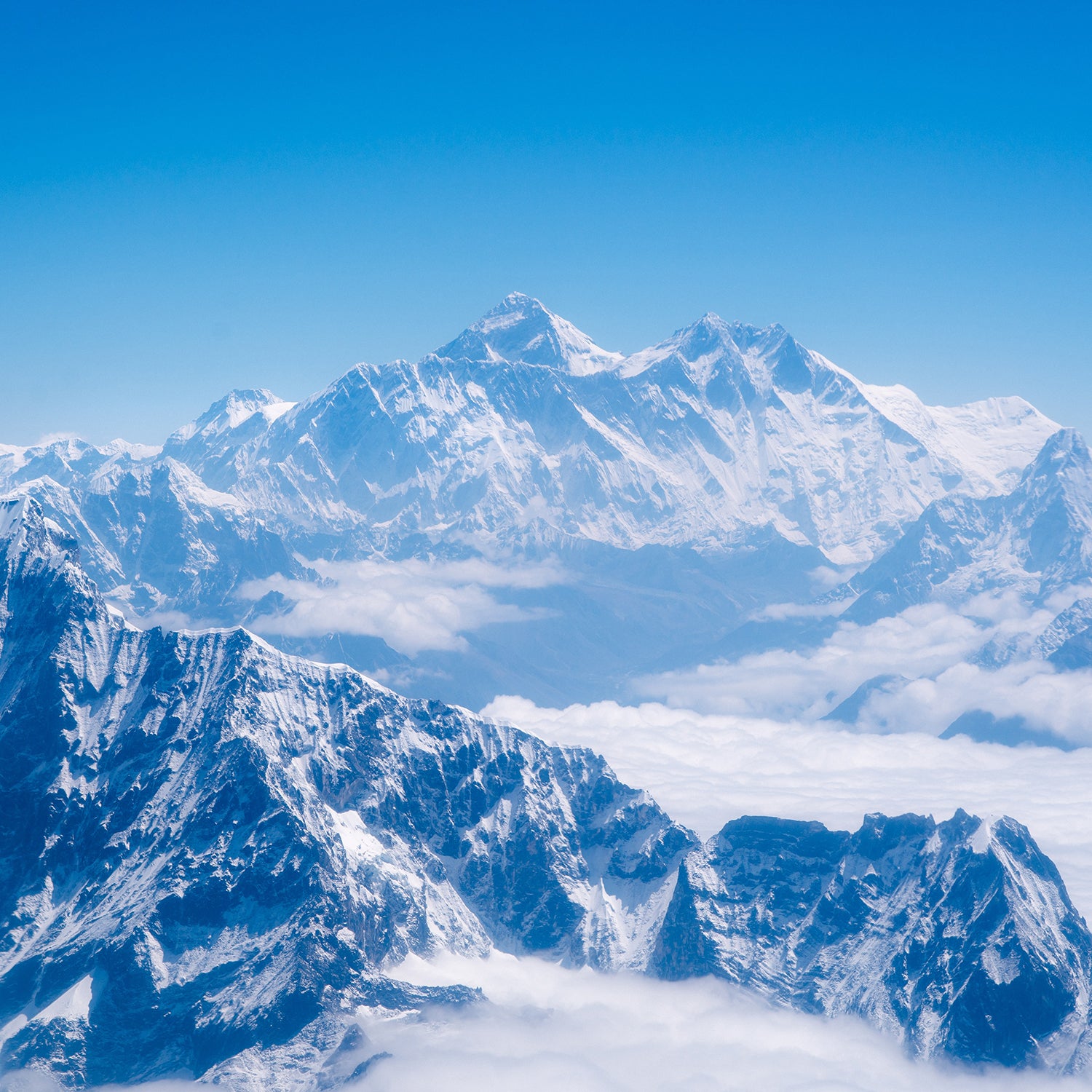This week the┬áNepalese┬ágovernment ┬áthat it will soon begin restricting visas on arrival for travelers coming from China, South Korea, Japan, Iran, and Italy in an attempt to keep the coronavirus outside its borders. But as many mountaineers┬áplan to head to Nepal for the upcoming Mount Everest season, the news raises┬áquestions about how the deadly virus could impact climbing on the worldÔÇÖs highest peak.╠ř
So far┬áCOVID-19 has infected more than 100,000 people in dozens of countries and territories, with the ┬ánumbers┬áin China, South Korea, Japan, Iran, and Italy. Worldwide, the number of deaths caused by the virus has risen to more than 3,000, and on Tuesday the World Health Organization said that health officials are in ÔÇťuncharted territoryÔÇŁ in battling its spread. Though only has been reported within NepalÔÇÖs┬áborders, the nation┬álacks sufficient health care and infrastructure to fight a widespread coronavirus outbreak. The┬ánew travel restriction, which will require people from the five countries to apply for a visa before arriving to Nepal┬áand provide the Nepalese┬ágovernment with health certificates, will go into effect on March 10.
Mount Everest straddles┬áthe border of Nepal and Tibet in the Himalayas. The 29,029-foot┬ápeakÔÇÖs spring climbing season typically starts around early April, with hundreds of climbers traveling to the region each year hoping to complete the ascent. Due to coronavirus concerns, itÔÇÖs estimated that the number of permits issued to climb Everest this year will be around half of what they were in 2019, a Nepalese┬áexpedition operator told Alan Arnette, ║┌┴¤│ď╣¤═°ÔÇÖs Everest contributor. Last year┬á381 permits were issued, but fewer than 250 are expected this year. Only 50 permits are expected on the Tibet side, according to Arnette.╠ř
Climbing Mount Everest is already dangerous, with climbers at risk of frostbite, broken bones from falls, and altitude sickness. This yearÔÇÖs additional risks canÔÇÖt be ignored. ÔÇťWhen youÔÇÖre sitting at Everest Base Camp at 17,600 feet, your immune system gets compromised because of the lack of oxygen,ÔÇŁ Arnette said.╠řÔÇťEven a small cut on your finger doesnÔÇÖt heal until you get back down to an oxygen-rich environment. I think the risks are really high, and people are taking a gamble if they climb this year.ÔÇŁ Arnette added that Everest ER doctors expect to have a difficult time distinguishing the Khumbu cough, which is associated with high altitudes, from COVID-19, which causes fever, coughing, and shortness of breath.╠ř
The Chinese government has not┬áinstated travel restrictions to Tibet or closed access to any of its peaks, including EverestÔÇÖs north side, Shishapangma, and Cho Oyu. (There has only been , which is an autonomous region of China.) Many sporting events in China scheduled for this spring, however, have been rescheduled or canceled due to the coronavirus, including the ÔÇÖs world cups in Chongqing and Wujiang; , the race on the Ultra Trail du Mont Blanc circuit, in Yunnan; and the in Yanqing.╠ř
ÔÇťMany Chinese climbers plus those from Japan and Korea have already canceled their [Everest] climbs on the Nepal side,ÔÇŁ Arnette wrote on his . ÔÇťIÔÇÖm told several operators are switching from Tibet to the Nepal side and a few are considering canceling altogether.ÔÇŁ Arnette noted┬áthat the coronavirus alone isnÔÇÖt stopping climbers from starting on the Tibet side. In 2019, China also .╠ř
U.S.-based companies, including┬á, , and┬á, and and the European company , are still planning for a regular season and have not received any cancelations for their trips. Nevertheless, there were 905┬áEverest summits from all routes in 2019, and Arnette said he expects about half of that for 2020. ÔÇťIt will be the quietest year on Everest for a long time and actually the best year to climb for clients,ÔÇŁ said Lukas Furtenbach, the owner of Furtenbach ║┌┴¤│ď╣¤═°s.╠ř
Some arenÔÇÖt as worried as Arnette about the prospect of contracting the virus.╠řÔÇťGiven that most Everest climbers are generally pretty robust, meaning that theyÔÇÖre very fit people who are training very hard, and theyÔÇÖre ready to take on a very physical endurance challenge, I would think that the virus wouldnÔÇÖt affect the typical demographic of an Everest climber,ÔÇŁ said┬áGarrett Madison, expedition leader at Madison Mountaineering. Madison said his team is diligent about keeping┬ácamps clean, including using sanitizer and┬áemphasizing hand washing and avoiding coughing and sneezing near others. If anyone on the expedition is sick, he added, they would be isolated or quarantined.╠ř
The U.S. Department of State has issued a for China, and many commercial airlines have already reduced or suspended travel to the country. The agency also issued travel advisories for , , and . Travelers are highly encouraged to avoid traveling to , due to the virus and other safety concerns. If you think you have the virus, .


